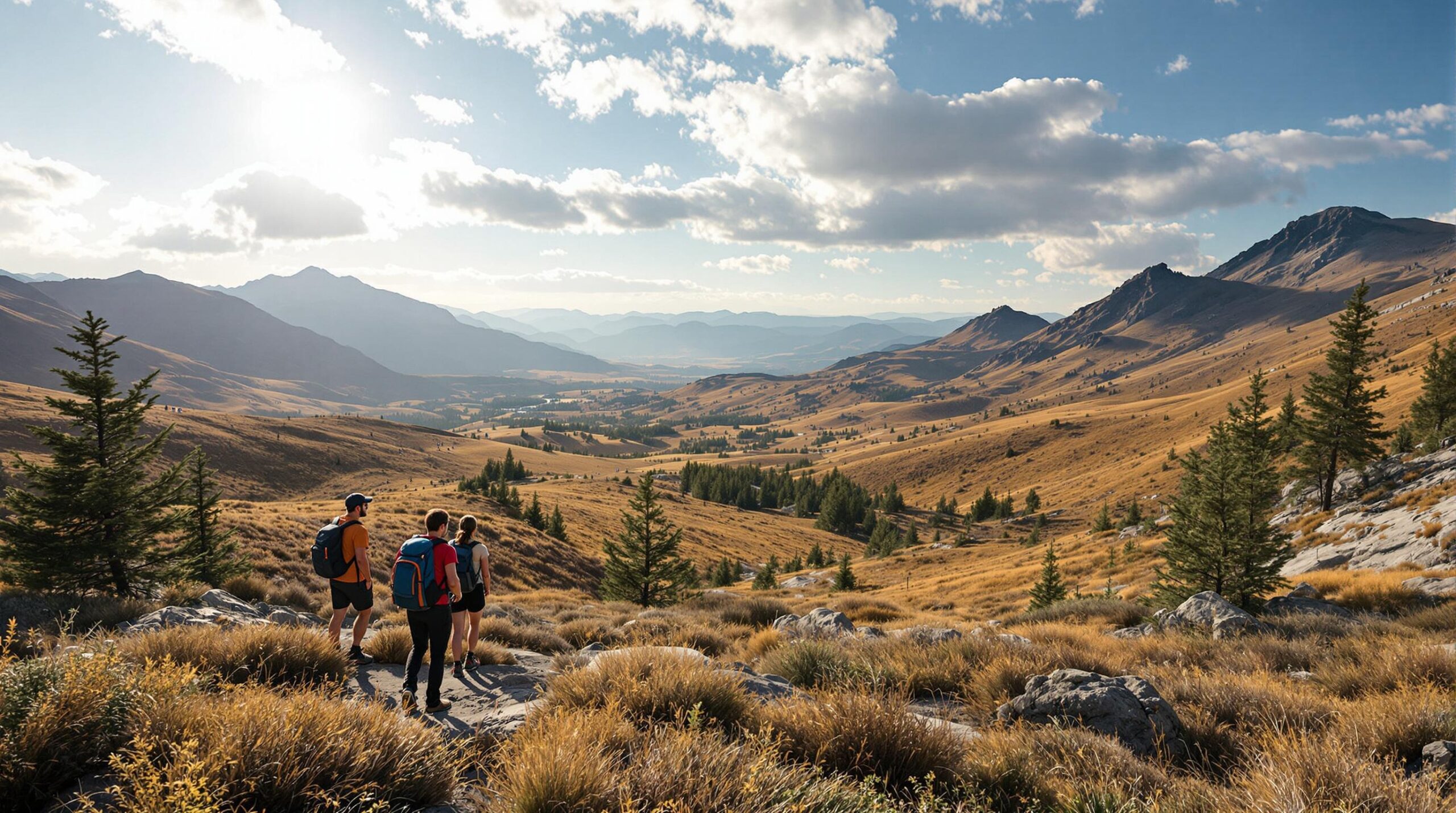A lengthy legal dispute involving Garfield County and The High Lonesome Ranch has concluded with a federal court decision designating sections of North Dry Fork Road and portions of Middle Dry Fork Road near De Beque, Colorado, as public under Revised Statute 2477. The ruling arrived after nine years of court actions focused on whether these routes, which pass through private property, should be open for public use. The outcome effectively restores access to a substantial expanse of Bureau of Land Management terrain, supporting activities such as hiking, dispersed camping, and hunting.
Coverage from a local report recounts how the dispute began when Garfield County claimed The High Lonesome Ranch was improperly blocking a historically traveled county road. Officials in the county argued that continuous use of the roadway over many decades had established public rights-of-way. The matter drew significant attention from residents and outdoor enthusiasts concerned about being cut off from federally managed lands bordering the ranch.
In materials provided by the county, references to Middle Dry Fork Road indicate that the ruling applies to major sections branching from an intersection commonly referred to as the “Y.” Yet there remains some uncertainty about the road’s westernmost extension, as Garfield County’s statements describe only the primary segments as recognized under the final order. The county underscores that this legal victory helps preserve local government authority to keep established roads available to the public.
Court records show that various legal actions took place, including appeals examining whether RS2477 applied fully to these routes. Although aspects of the case were revisited, declarations ultimately affirmed Garfield County’s position on North Dry Fork Road and most of Middle Dry Fork. The High Lonesome Ranch was ordered to remove any barriers, ensuring passage to a wide expanse of public land once limited to neighboring property owners.
According to a county announcement, the settlement includes an obligation for The High Lonesome Ranch to cover Garfield County’s trial costs, listed as $32,930.54. Officials emphasize that the lawsuit’s conclusion is considered a major success, highlighting the significance of historical use in defining roads governed by RS2477. The ruling secures roadway connections to backcountry areas frequented by generations of hunters and hikers.
Those welcoming the outcome emphasize an expected boost to outdoor recreation. Enthusiasts now gain new entry to roughly 50,000 to 90,000 acres of BLM lands. Individuals who previously encountered blocked passages can again plan travel in and around the Dry Fork region. Public officials view this as a significant result for protecting open-air traditions in northwestern Colorado.
In a Board of County Commissioners meeting, Garfield County Attorney Heather Beattie stated, “I think you guys have done an incredible thing for not only the citizens of Garfield County, but others who want to come and use that 50,000 plus acres of BLM Land. It’s a lot of acreage and it’s a really great win for the citizens of the county and for all those outdoor enthusiasts that want to use those parcels.” Her comments underscored the county’s pride in defending public rights.
Various operators in the region anticipate that renewed road access will bolster visitation. The area’s setting is popular with hunters seeking game drawn to high country ridges, and day-trippers exploring the Dry Fork corridor have begun highlighting the scenic vistas. The reopened routes may spur longer guest stays and subsequent consumer spending, contributing to the local hospitality industry.
Owners of campgrounds, RV parks, and glamping resorts near De Beque can anticipate a rise in guest traffic. Widely accepted industry practices suggest adding clear signage at primary entrances and trailheads, helping visitors navigate recreational zones easily without unwarranted detours. Studies of similar locations show that upgraded parking can reduce congestion, managing a larger volume of vehicles and preventing potential safety issues. Many outdoor hospitality venues also preserve natural habitats by investing in basic facilities, such as restrooms and waste disposal, to address increasing foot traffic.
With hunters, hikers, and other outdoor enthusiasts now poised to explore the newly accessible federal lands, partnering with local outfitters and regional tourism providers can potentially stimulate mutual growth. Familiar strategies in this sector include creating co-branded promotions and sharing booking systems. By cultivating a regional recreational identity, area businesses may appeal to travelers seeking hunting excursions, off-road ventures, or nature tours. These collaborations can encourage extended visits, benefiting lodging and service providers throughout Garfield County.
Some businesses view the development as an opportunity to highlight the scenic stretches of the Dry Fork region. By coordinating with established guides, operators can tailor packages to the growing interest in wilderness experiences. This approach stands to support tourism as it aligns with broader outdoor activity trends observed elsewhere in Colorado.
A statement from Garfield County suggests that this ruling could present lessons for other counties overseeing roads established through historical usage. Officials credit the final decision with reinforcing local authority to protect such routes, preserving access to public lands. Leaders in the county attribute the lengthy legal process to a commitment toward defending open land traditions tied to RS2477.
Although the final decision does not address every possible spur extending from Middle Dry Fork Road, officials highlight that the primary corridor remains open to public use. Observers see this conclusion as a milestone for recreational access, indicating that most of the contested pathway is secure. As land managers, business owners, and visitors continue planning for additional visitors, Garfield County’s newly recognized routes reinforce a culture of open spaces in Colorado’s backcountry.


